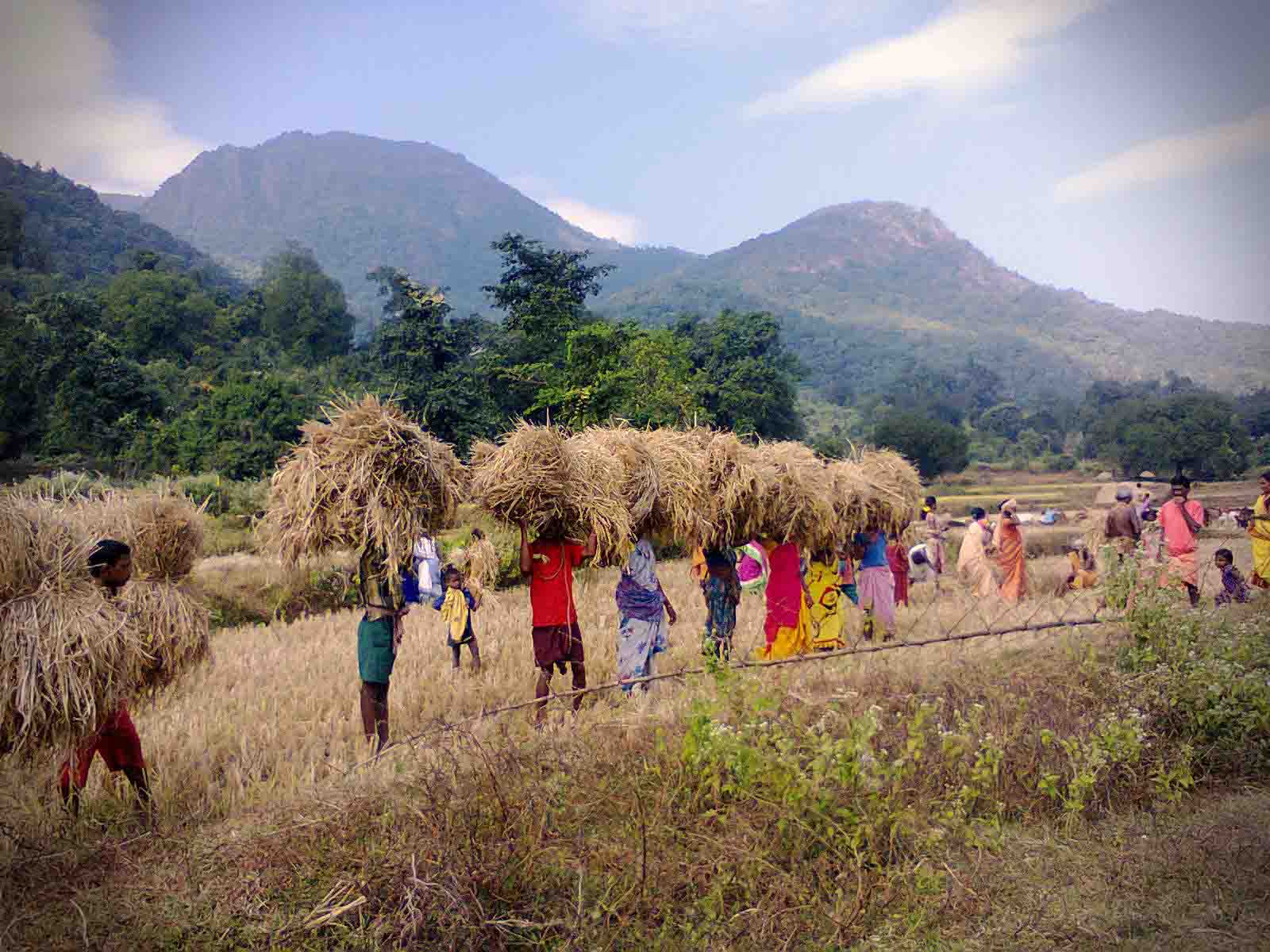THEMATIC AREAS
Food and Nutrition Security
According to the GHI 2019, India’s hunger level is ranked as ‘Serious’. The country scores 102nd of 117 countries with a higher hunger level than Bangladesh, Nepal and Pakistan. India’s high ranking with a score of 30.3 draws attention to the country’s stubbornly high proportions of malnourished children. India’s child wasting rate is extremely high at 21 percent (NFHS 4); it’s child stunting rate, 38.4 percent (NFHS 4), is also categorised as very high in terms of its public health significance.
Our Work
JKS envisages promoting sustainable livelihood and food & Nutritional security of the rural poor through different initiatives like sustainable agriculture development, conservation, management of natural resources like water, land forest, livestock etc. All these programs ensures sustainable agricultural yield, enhanced income, food security & nutrition security, reduced economic vulnerability, access to basic entitlement and improved quality of life.
JKS is supplementing the nutritional intake of rural households through the promotion of a small kitchen or backyard gardens. These kitchen/backyard gardens meet the dietary requirements of rural households and have improved the health and nutritional status of families by providing them with a diverse mix of vegetables, fruits and medicinal plants throughout the year. This has resulted in the children having access to nutritious meals every day, thereby improving their health and growth
To ensure sustainability of the project, JKS has built the capacities of the SHGs &Farmers clubs, also developed a pool of young leaders “RythuMitras” who support the households &voluntarily work for the holistic development of their villages.
- Promotion of grain bank in 296 villages.
- Promotion of 1478 kitchen gardens ensuring nutritional security.
- Promotion of millets in 60 Ha of land benefiting 320 families.
- 2765 Ha of land under organic farming by 5374 farmers.
- Promotion of Agro forestry & Horticulture in 1766 Ha& 3775 Ha benefiting over 5200 families.
- 454 Ha of waste land brought under cultivation benefiting 1494 marginal families.

